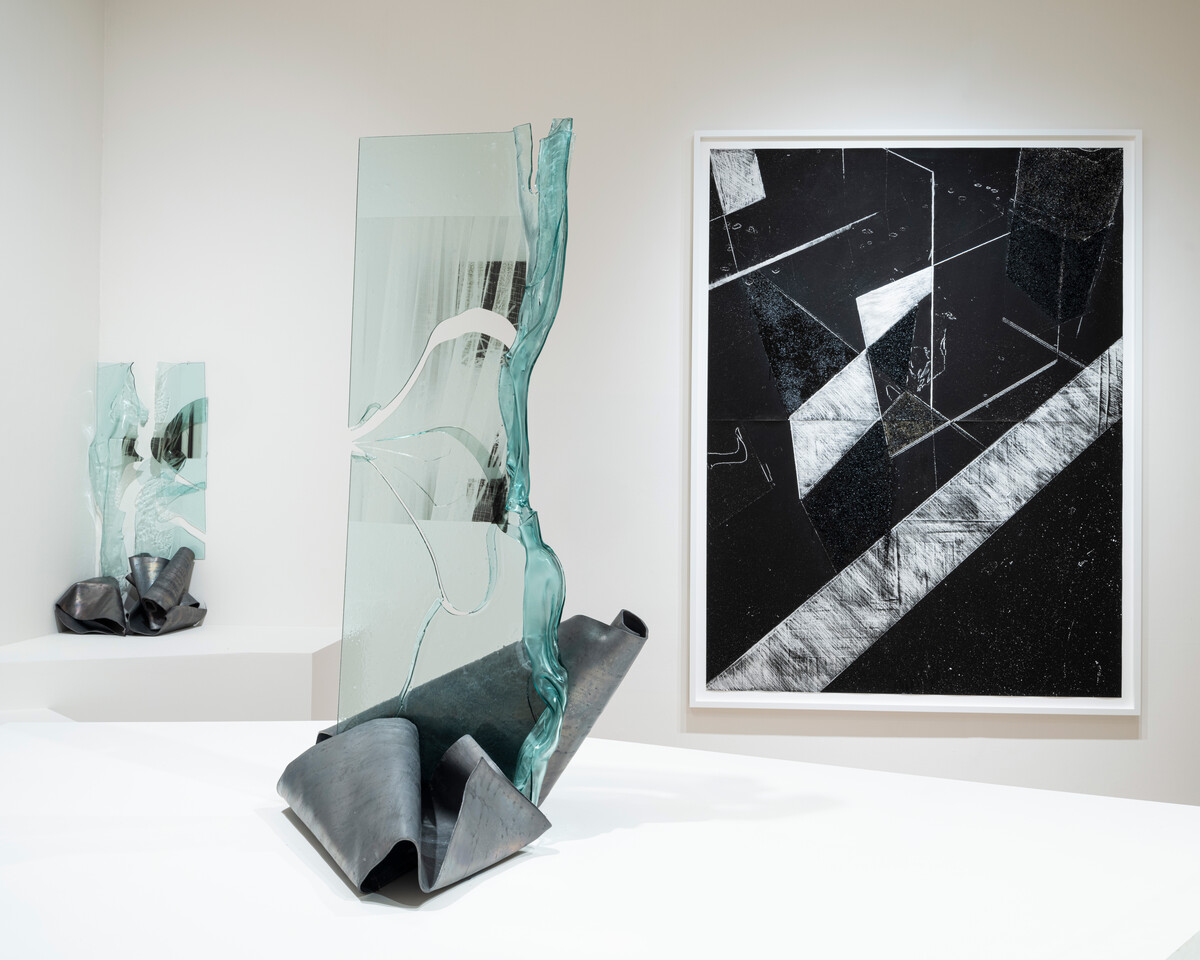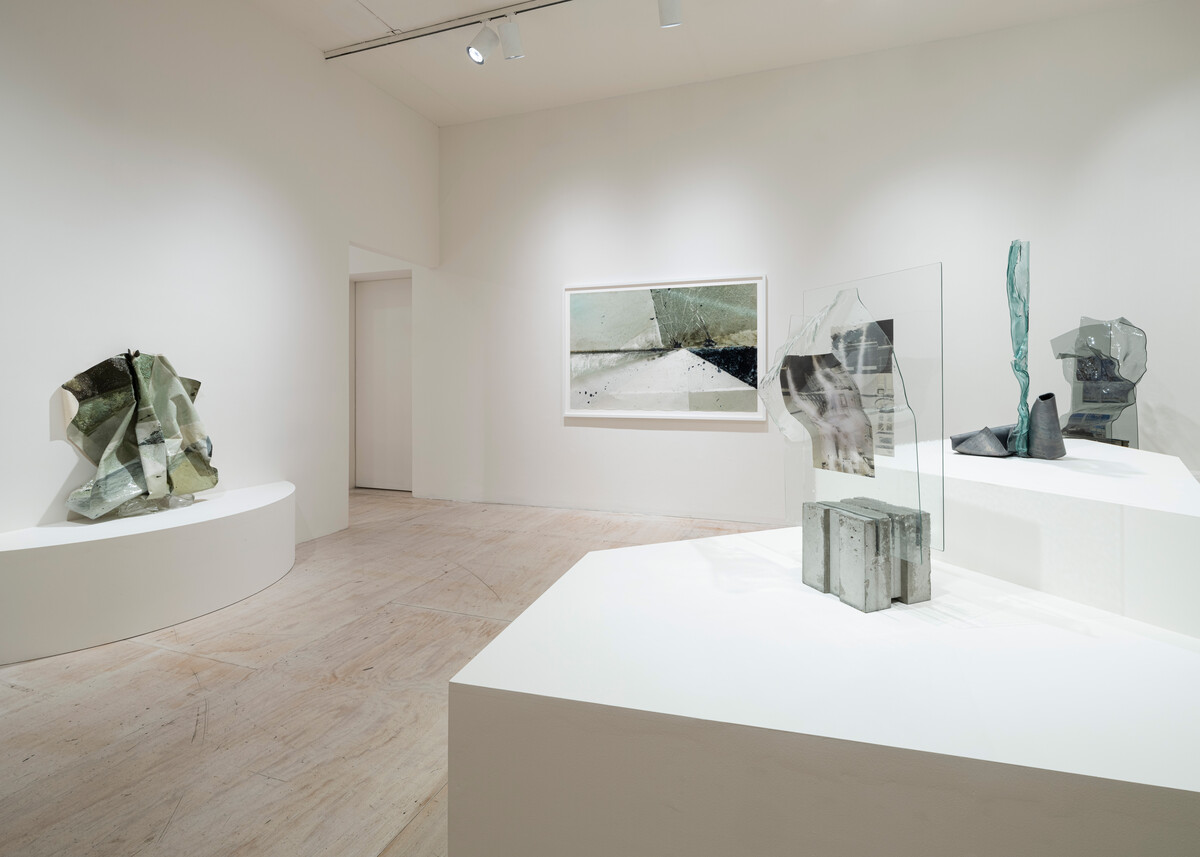
LONG ISLAND CITY, NY, September 28, 2023—In the fifth iteration of a multiyear collaboration between the Studio Museum in Harlem, the Museum of Modern Art, and MoMA PS1, the Studio Museum will present its annual Artist-in-Residence exhibition at MoMA PS1. On view from November 16, 2023, to April 8, 2024, And ever an edge: Studio Museum Artists in Residence 2022– 23 will feature new work by the 2022–23 cohort of the Studio Museum’s foundational residency program, artists Jeffrey Meris (b. 1991, Haiti), Devin N. Morris (b. 1986, Baltimore, MD), and Charisse Pearlina Weston (b. 1988, Houston, TX).
And ever an edge explores the relationships between histories of displacement and Black methods of resistance. Working across sculpture, painting, installation, and performance, these artists use familiar and found materials to highlight that which is often overlooked. Considering the architectures of the built and natural environments, the artists examine the precarities of navigating space, and the restorative act of making and claiming space. The works in this exhibition thus challenge us to consider how we see, feel, and move through the world.
In celebration of the opening of And ever an edge, a roundtable discussion with the artists in residence, Jeffrey Meris, Devin N. Morris, and Charisse Pearlina Weston, will be held at MoMA PS1 on November 18, 2023, at 4:00 pm. Moderated by Yelena Keller, Assistant Curator, the roundtable features each artist speaking about the work they created over the course of the residency program. This program is free and open to the public as part of MoMA PS1’s Open House.
Jeffrey Meris reworks, fuses, and retools architectural materials and everyday objects to create works that explore how material can function as a mode of storytelling. The multimedia sculptures and two-dimensional works featured in the exhibition imply the presence of a body while asking the viewer to confront their relationship to the physical form. Through exploring the capacity of objects to serve as an index of care, Meris’s practice negotiates fractured yet tender relationships to the built world and the tools and practices we engage to tend to it and ourselves.
Devin N. Morris’s immersive installation evokes the parks, streets, and places of dwelling found in and around Harlem. The work collapses the distinction between public and private space as experienced through the urban landscape. By using discarded objects, Morris participates in the practice of collecting as a form of care, sustaining the life of an object by reinscribing it into imaginative new forms. In doing so, Morris asks us to consider the complex intimacies revealed by the detritus of our lives.
Charisse Pearlina Weston uses glass as a conceptual framework for exploring the precarity of Black life when confronted by sociopolitical tactics of surveillance and architectural containment. The folds, breaks, and bends that occur through the process of making this work, as well as inscriptions of barely visible texts and digitally abstracted photographs onto their surface, challenge the legibility of the translucent material. Through this practice, Weston explores withholding and Black interiority as acts of resistance.

